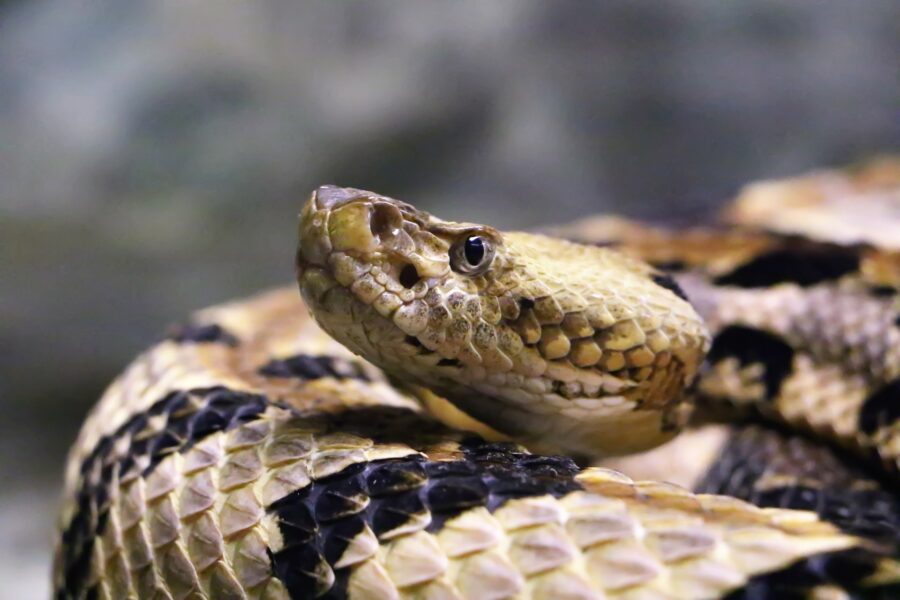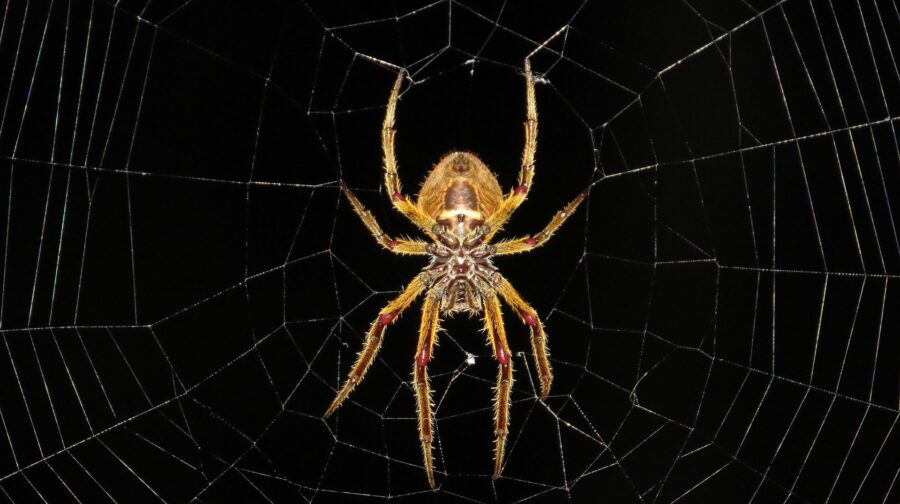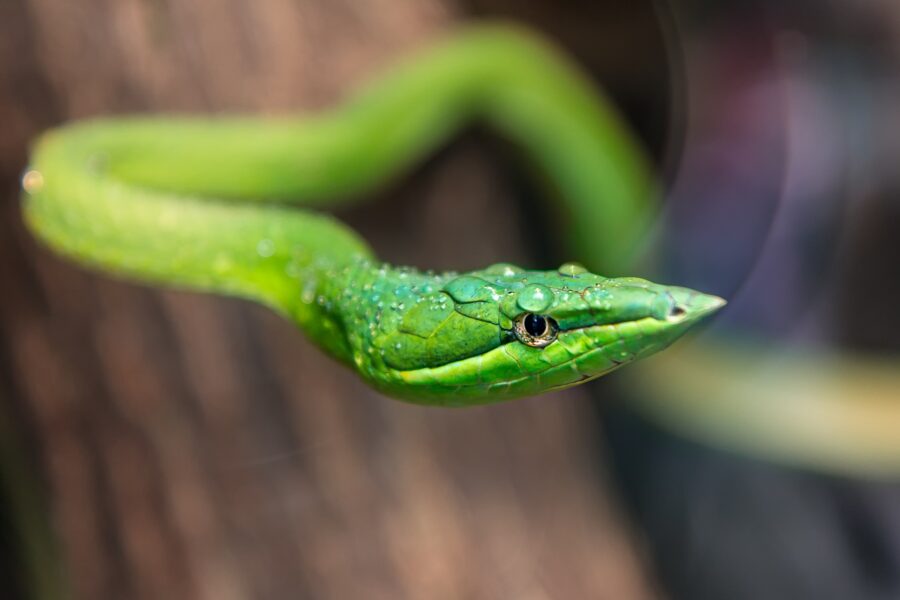Snakes Are Being Eaten By Spiders In A Battle Of The Creepy Crawlies
Snakes and spiders are fighting it out, and surprisingly, the spiders win.
This article is more than 2 years old

It’s very likely that the Venn Diagram of people who are afraid of spiders and people who are afraid of snakes has quite a bit of overlap. However, if it came down to a heads-up battle for supremacy between the two seemingly disparate species of animal, it appears that the arachnids have the edge over snakes, despite often being 30 times smaller in size. It makes sense, though, given that both creatures can slink about unseen through relatively small areas that the human eye tends to miss. Both are quick with their bite and each can deliver a powerful, life-threatening dose of venom that can incapacitate or otherwise kill their prey.
Spiders, however, get a distinct advantage thanks in large part to being a bit stealthier and, of course, having the ability to lay nature’s greatest trap — the web. It seems even snakes aren’t immune to getting tangled in a spider’s web and being unable to slither out in that deeply unsettling way that only they can.
The science backs up this claim. According to a new study published in The Journal of Arachnology, not only do spiders go out of their way to kill and eat snakes, researchers found roughly 319 reports of spiders feeding on snakes in literally every part of the world except Antarctica, which will likely see a boom in the population of arachnophobic human beings living there after this.

Most of the incidents in which spiders fed on snakes happened in the United States and Australia. In total, spiders representing 11 different families have been observed to munch on snakes, far and away more than the reverse of snakes eating spiders. The study found that the infamous Latrodectus, also known as the black widow spider to the more macabre among us, was particularly good at snake killing. Known to the Theridiidae family of spiders and most commonly found in the United States, the black widow seemed to have the easiest time catching and feeding on the slithery reptiles given their strong webs and incredibly powerful venom. A good rule of thumb in nature is that if it’s good enough to kill a human, it’s good enough to kill a snake.
While it’s surprisingly not uncommon for spiders to feast on a snake, it’s worth noting that the meal lasts for quite some time. The reptiles can obviously be 10 to 30 times the size of the spiders who are taking them out, meaning the doomed little serpents sometimes require days to be fully fed upon. The researchers found that most of the snake victims were around 10.2 inches long and most of them were juveniles.
Meanwhile, spiders like the Australian redback, which ScienceNews reports is roughly the size of an M&M (not counting its creepy little legs), were known to take down snakes like the country’s native brown snake. What’s scariest about that is the fact that the brown snakes are known to have particularly potent venom — but it’s apparently providing no immunities nor stacking up well to the redback. Researchers found that the highly venomous rattlesnakes and coral snakes were no match for the venomous bite and subsequent web tanglings of certain species of spiders like the redbacks as well.

So, for those keeping track — a snake bite can be lethal to humans, a spider bite can be lethal to humans, and snakes and a human bite can be… a really bad tactic against spiders and snakes.
All is fair in the animal kingdom, though. There are indeed some species that will go after spiders and win. The common garter snake has been known to sustain itself on smaller, less venomous spiders in nature. Meanwhile, the green snake has been known to count arachnids as their prey. Unfortunately, researchers found that a golden silk orb-weaver spider in Florida caught a 1-meter-long green snake, the longest in the study. A big win for orb weaver, an embarrassing defeat for the reptile, and a dire warning to human beings.
And if you were wondering when nature’s creepiest of crawlies was going to rear its ugly head, enter the tarantula. The study found that these hairy and large little scuttlers have jaws powerful enough to penetrate a snake’s scales and deliver enough venom to take down larger snakes who are unable to shake off their tight grip. In short, if you find yourself in the unfortunate position of confronting both a snake and a spider, sicking them on each other will more than likely leave you with nothing but a spider problem… which is still pretty bad.












